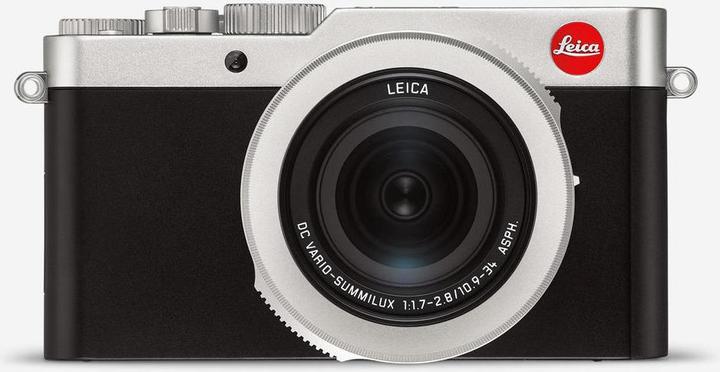

When brand names are just smoke and mirrors
A brand should stand for something. For something positive. Building such a reputation can take decades. But today's trends are destroying trust and credibility.
Brands make a promise. You know a product that bears a brand name and think it's good. If a new product from the same brand appears, you assume that it has positive similarities with the product you already know.
If a manufacturer is consistent over years or decades, it creates a name for itself. And then, for example, stands for ease of use, durability and reliability or is known for always delivering the best performance.
In short: a brand needs constancy and consistency in order to be recognisable.
Here is a Toblerone packaging from 1910. The lettering was practically unchanged as late as 1970 and the original version can still be recognised in its current form.

Even more impressive: A tin of Nivea cream has looked more or less the same for ages.


Logos on a whim
However, the reality is often different. A logo is simply stuck on something. My car is a Citroën C1. The same car is also available as a Peugeot 107 and a Toyota Aygo. There are differences between the models of the individual brands, but they are minimal. Basically, it's the same car three times with a different brand name each time.
My first compact camera, a Panasonic Lumix DMC-LX3, was also available as a Leica D-Lux 4. There were also slight differences in the firmware, but this never justified the price difference of several hundred francs. Panasonic's LX line and Leica's D-Lux line still run in parallel today.
The list of examples could go on and on.
Unclarity instead of trust
For a brand to enjoy trust and credibility, it needs years of consistency. It needs a clear line that is visible to everyone. However, with collaborations and multiple labels, manufacturers create confusion and destroy trust.
How much Leica is in the Leica lenses of Huawei cameras? I do not know. It may be that Leica makes a significant article in the development; it may also be that this article is very small or that the renowned German manufacturer simply lends its name to cash in and Huawei takes care of the rest - from development to production. It could be that Leica is responsible for the lenses, but has outsourced this task for cost reasons. Anything is possible.
Leica is just one example. How much Zeiss is in Nokia camera lenses? How much Bang and Olufsen is in the notebook speakers of the HP Spectre Folio? How much Harman Kardon in those of the Asus Zenbook 14? How much Dynaudio in the MSI GS65?

Are the Dynaudio speakers for this notebook made in Denmark? Probably not. Are they even made by Dynaudio? Not even that is certain. Dynaudio can also outsource this job. I don't know. But what I do know for sure is that notebook speakers are not a hi-fi product. That's not even possible due to their size. If you value good sound, you don't use the internal speakers.
Uncertainty everywhere. How much of the original Nokia spirit is still present in HMD Global? To what extent are Philips televisions still Philips televisions if they are developed and manufactured by TP Vision? How are Nikon's sensors different from Sony's if Nikon has them manufactured by Sony? Can they even be better then?
In the end, the only thing I know for sure is that a brand name doesn't guarantee anything. At best, it's an indication.
Why are they doing this?
Of course, the companies know that a brand is worth something. That they can capitalise on it. That they can sell products at a slightly higher price if their brand has a good reputation. You then not only pay for the product, but also for its name. Many people are willing to do that. Not just for status reasons, but also because it makes the purchase decision easier.
So the question arises: why do companies treat the reputation of their carefully built brands so carelessly?
The answer in one word: cost pressure.
In the high-tech sector in particular, large quantities are the be-all and end-all for efficient and cost-effective production. This applies to both the entire product and its individual parts.
If the same device is sold under several names, it can be manufactured in larger quantities. This also applies if there are still small differences between the brands.
Devices from different manufacturers also sometimes contain the same components. For example, many smartphones have the same SoC, the same screen panel or the same camera module. This explains why the devices are so similar.
Cheap tricks don't work
No company can escape cost pressure. Many customers certainly understand this. But companies that adorn their products with a prestigious name are making a promise that it is often doubtful will be kept. If a company tries to capitalise on a brand without keeping its promise, it only harms itself in the long term. <p
My interest in IT and writing landed me in tech journalism early on (2000). I want to know how we can use technology without being used. Outside of the office, I’m a keen musician who makes up for lacking talent with excessive enthusiasm.



